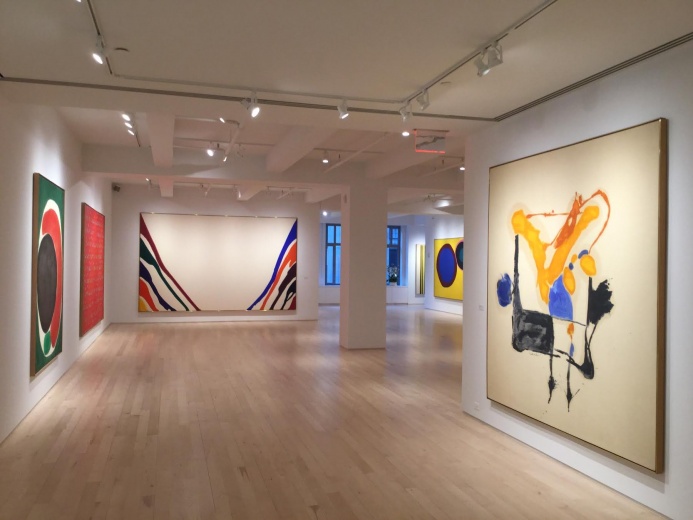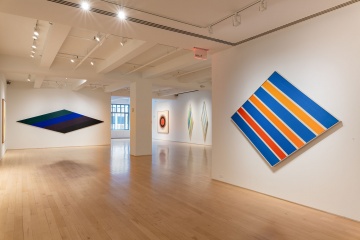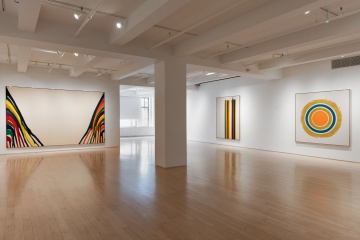Yares Art
479 Rodeo Drive
Beverly Hills, CA 90210
By Appointment
310 362 3464
Also at:
745 Fifth Avenue
New York, NY 10151
212 256 0969
1570 Pacheco Street, Suite A1
Santa Fe, NM 87505
Appointment Recommended
505 984 0044
Beverly Hills, CA 90210
By Appointment
310 362 3464
Also at:
745 Fifth Avenue
New York, NY 10151
212 256 0969
1570 Pacheco Street, Suite A1
Santa Fe, NM 87505
Appointment Recommended
505 984 0044
Yares Art was founded in 1964 by Riva Yares in Scottsdale, Arizona. In 1991 Yares Art established a second gallery in Santa Fe, NM. In 2016 the gallery opened its flagship venue in New York City. In 2019, Yares Art added 4000 square feet of exhibition space to its 5th Avenue NY location creating a combined 10000+ square feet of gallery space with six specific exhibition spaces. In 2023 Yares Art expanded to Beverly Hills, CA. The primary focus of the gallery over six decades is Abstract Expressionism paintings from the 1950s and 1960s, with a strong focus on the Color Field artists of that era.
Yares Art represents the estates of Thomas Downing, Friedel Dzubas, Joseph Marioni, Jules Olitski, and exclusively represents Larry Poons.
Yares Art publishes six catalogues and one book annually.
Yares Art has been a member of the ADAA for nearly 30 years and most recently participated in Art Basel, Art Basel Miami Beach, Art Basel Paris, The Art Show (ADAA), EXPO Chicago, TEFAF Maastricht, TEFAF New York.
Artists Represented:
Thomas Downing
Friedel Dzubas
Joseph Marioni
Jules Olitski
Larry Poons
Works Available By:
Arman
Milton Avery
Fletcher Benton
Ilya Bolotowsky
Byron Browne
Gene Davis
Thomas Downing
Friedel Dzubas
Helen Frankenthaler
Dorothy Fratt
Adolph Gottlieb
Hans Hofmann
Martin Horowitz
Penelope Krebs
Morris Louis
Howard Mehring
Joan Mitchell
Robert Motherwell
Manuel Neri
Kenneth Noland
Jules Olitski
Larry Poons
Rotraut
David Smith
Frank Stella
Esteban Vicente

Installation view of Helen Frankenthaler + LMNOP. Courtesy of Yares Art, New York.

 Back to all Member Galleries
Back to all Member Galleries



